Comic Strips vs. Comic Books: Comic strips and comic books are two distinct formats within the world of comics, each with its own style of storytelling, distribution method, and target audience. Both formats rely on visual narratives that combine text and illustrations, but they differ significantly in their scope, length, and structure. As a cartoonist, I’ve worked with both formats, and while they share common elements, the way they engage readers and convey stories is uniquely different. This article explores the key differences between comic strips and comic books, comparing their storytelling techniques, formats, and methods of distribution.
What Is a Comic Strip?
Comic strips are short, serialized comics typically consisting of three to four panels arranged in a horizontal or vertical layout. They are often published in newspapers, magazines, or online platforms and focus on quick, punchy storytelling. Comic strips are designed to be read in a matter of seconds, with each strip delivering a self-contained joke, observation, or story beat. Many comic strips revolve around humor or satire, but they can also convey more serious themes in a concise format.
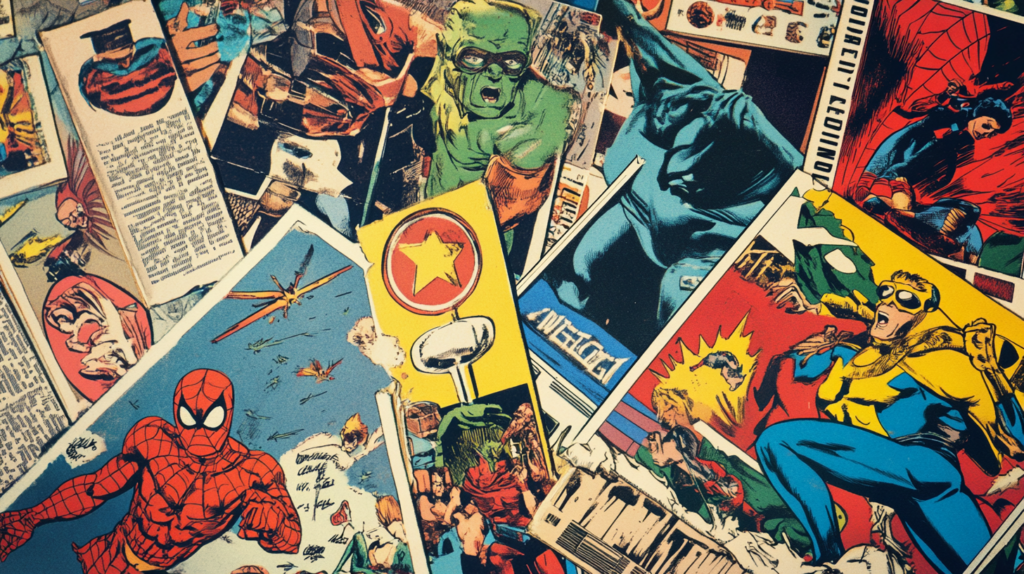
Key Characteristics of Comic Strips:
- Short Format: Comic strips usually contain 3-6 panels, making them brief and easily digestible.
- Serial Nature: Many comic strips feature recurring characters and storylines that evolve over time, though each strip can typically stand on its own.
- Quick Pacing: The narrative is designed to be consumed quickly, often ending with a punchline, twist, or moral.
- Publication in Periodicals: Comic strips are frequently published in newspapers, magazines, and online, with new installments appearing daily or weekly.
Examples of Comic Strips:
- “Peanuts” by Charles Schulz: A daily comic strip that features the adventures of Charlie Brown, Snoopy, and the rest of the gang, often with philosophical and humorous undertones.
- “Garfield” by Jim Davis: A comic strip about the lazy, sarcastic cat Garfield and his interactions with his owner Jon and fellow pets.
- “Calvin and Hobbes” by Bill Watterson: A beloved strip about the imaginative adventures of a young boy named Calvin and his stuffed tiger Hobbes, who comes to life in Calvin’s mind.
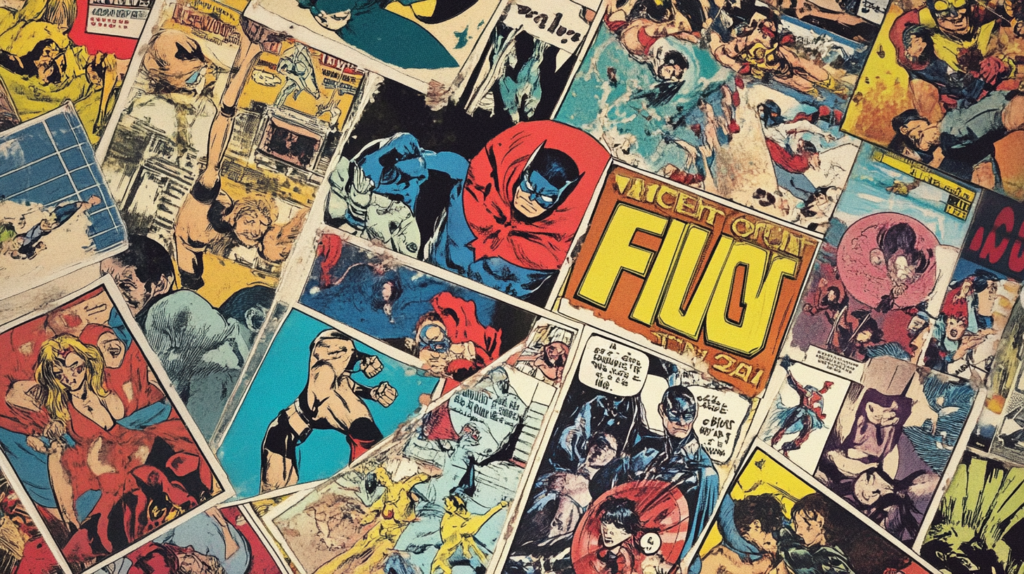
What Is a Comic Book?
Comic books are longer, self-contained publications that typically range from 20 to 40 pages, though they can be much longer. Comic books are often part of an ongoing series, with each issue contributing to a larger, serialized storyline. Unlike comic strips, which are designed for quick reading, comic books offer more room for character development, complex plots, and world-building. Comic books are usually published as standalone issues or collected into volumes (trade paperbacks or graphic novels) and are sold in bookstores, comic shops, or online.
Key Characteristics of Comic Books:
- Longer Format: Comic books typically have 20-40 pages, allowing for more in-depth storytelling.
- Complex Narratives: Comic books often feature ongoing story arcs, allowing for character development, multiple plotlines, and longer-term storytelling.
- Genre Variety: Comic books span a wide range of genres, including superhero stories, fantasy, horror, drama, and more.
- Collected Volumes: Many comic book series are compiled into volumes or graphic novels, which collect multiple issues in one book.
Examples of Comic Books:
- “Spider-Man” by Marvel Comics: A long-running superhero comic book series that follows the adventures of Peter Parker as he balances life as a high school student and a superhero.
- “Batman” by DC Comics: Another iconic superhero series that follows Bruce Wayne’s alter ego, Batman, as he fights crime in Gotham City.
- “Saga” by Brian K. Vaughan and Fiona Staples: A space opera comic book series blending elements of fantasy, science fiction, and drama.
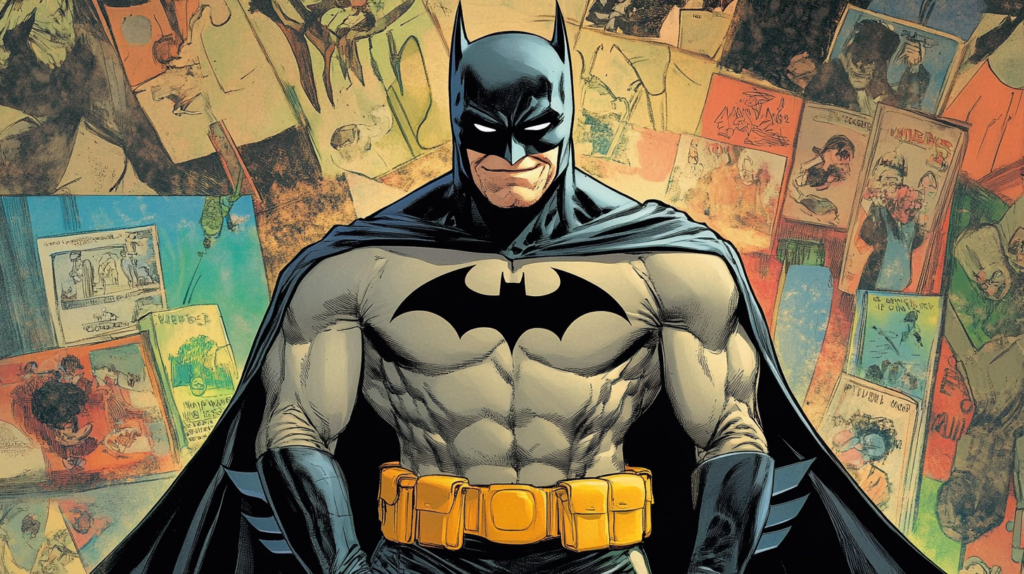
Key Differences Between Comic Strips and Comic Books
While both comic strips and comic books are forms of sequential art, they differ in several important ways, from storytelling approaches to distribution methods. Below are some of the most significant differences between the two formats.
1. Format and Length
One of the most obvious differences between comic strips and comic books is the format and length. Comic strips are short and concise, usually limited to a few panels per installment. Comic books, on the other hand, have much more space to develop their stories, often spanning 20-40 pages per issue.
- Comic Strips: Short, typically 3-6 panels. Designed for quick consumption.
- Comic Books: Longer, with more room for complex narratives. Typically 20-40 pages per issue.
Example (Comic Strip): A Garfield comic strip might feature just three panels showing Garfield trying and failing to avoid doing anything productive, ending with a punchline about his laziness.
Example (Comic Book): An issue of Spider-Man might feature an entire story arc, with Peter Parker fighting multiple villains, dealing with personal issues, and experiencing character development.
Personal Insight: I find comic strips to be perfect for quick jokes or observations, while comic books allow me to explore deeper narratives and character arcs over a longer period. Each format serves a different storytelling purpose, and both are valuable in their own right.
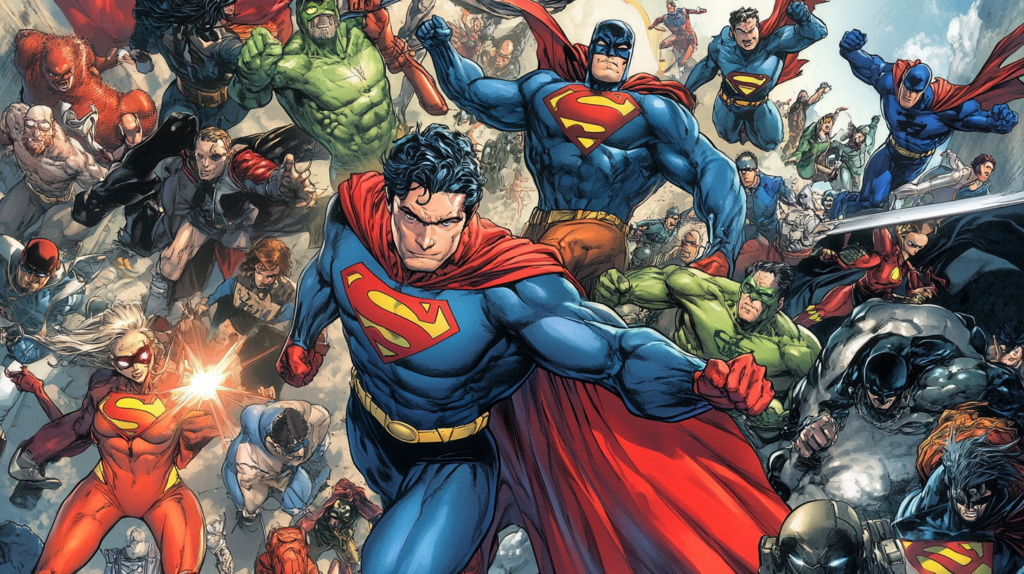
2. Storytelling Approach
The storytelling approach in comic strips is often much more concise than in comic books. Comic strips typically rely on humor, quick dialogue, or short bursts of narrative. Each strip is often self-contained, though recurring themes or characters may appear over time. Comic books, however, are structured more like traditional literature, with long-form plots, character development, and multiple story arcs.
- Comic Strips: Focus on punchlines, humor, or short narrative beats. Often standalone but can be part of a larger theme or series.
- Comic Books: Focus on longer, continuous storylines with character development and complex plots that may unfold over several issues.
Example (Comic Strip): Peanuts often delivers philosophical or humorous insights in just a few panels, using brief interactions between characters like Charlie Brown and Snoopy to convey deeper themes.
Example (Comic Book): In Batman, readers might follow Bruce Wayne as he uncovers a major mystery or faces off against a long-term nemesis, with the story arc unfolding across several issues or volumes.
Personal Insight: Comic strips challenge me to condense a lot of meaning or humor into just a few panels, while comic books give me the freedom to let the story unfold gradually. Each storytelling approach has its own set of challenges and rewards.
3. Distribution and Publication
The distribution of comic strips and comic books differs significantly. Comic strips are typically published in newspapers, magazines, or on websites, often as daily or weekly installments. Comic books, on the other hand, are sold in bookstores, comic shops, or online, and are usually published monthly or bi-monthly.
- Comic Strips: Published daily or weekly in newspapers, magazines, or on websites. Readership is often casual and widespread.
- Comic Books: Sold as individual issues or collected volumes in specialty shops, bookstores, or online. Readership is often more dedicated and niche.
Example (Comic Strip): A Calvin and Hobbes strip might appear in a daily newspaper, accessible to a broad audience as part of a regular comics section.
Example (Comic Book): An issue of X-Men would be sold in a comic book store or as part of a subscription service, targeting a more specific, dedicated audience of comic book readers.
Personal Insight: The distribution of comic strips allows for a broad, casual audience, while comic books typically reach a more targeted and engaged readership. I enjoy creating both formats because they reach different types of readers in different ways.
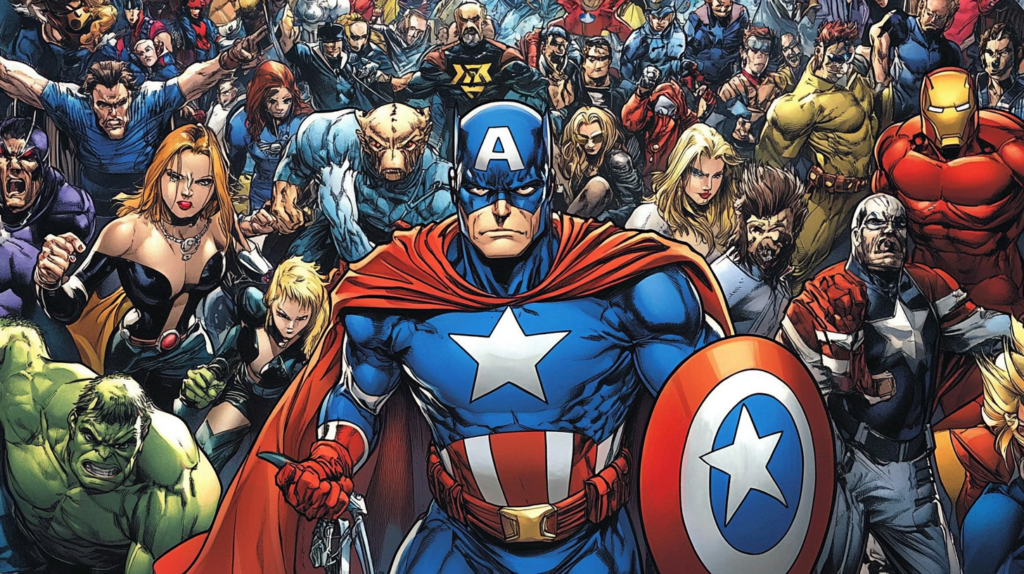
4. Character Development and Continuity
In comic strips, character development is usually limited due to the brief nature of each installment. Characters often remain static, with recurring jokes or themes being the primary focus. In contrast, comic books offer more room for characters to grow, change, and evolve over time. Comic book characters may experience long-term development across multiple issues, with ongoing storylines that build on past events.
- Comic Strips: Characters are often static, with recurring jokes or themes. Limited space for deep character development.
- Comic Books: Characters undergo significant development and growth. Continuity and long-term story arcs allow for complex character evolution.
Example (Comic Strip): In Garfield, the titular character remains consistent throughout the series, maintaining his lazy, sarcastic persona without much change.
Example (Comic Book): In Batman, Bruce Wayne’s character evolves over time, as he deals with the psychological effects of his crime-fighting life, relationships, and moral dilemmas.
Personal Insight: Character development in comic strips is more about reinforcing familiar traits, while comic books allow for deeper exploration of a character’s journey. I enjoy the challenge of both approaches, depending on the story I’m trying to tell.
5. Genre and Audience
Both comic strips and comic books cover a wide range of genres, but comic books are typically more diverse in terms of the themes and tones they explore. While comic strips often lean heavily toward humor, slice of life, or satire, comic books can explore everything from superheroes to horror, fantasy, drama, and beyond. The audiences for each format also tend to differ, with comic strips often appealing to a more general, casual readership, while comic books target a more niche, dedicated audience.
- Comic Strips: Primarily humorous or light-hearted, often focused on daily life or satire. Appeals to a general audience.
- Comic Books: Spans multiple genres, including superheroes, fantasy, horror, and drama. Appeals to a more specific, dedicated readership.
Example (Comic Strip): Peanuts often explores everyday childhood experiences, relationships, and philosophical musings in a humorous way that appeals to readers of all ages.
Example (Comic Book): The Sandman by Neil Gaiman blends elements of mythology, fantasy, and horror to create a deeply complex and mature narrative, aimed at older readers.
Personal Insight: I enjoy how comic strips are accessible to a wide audience, while comic books allow for more genre experimentation and depth. Both formats offer unique ways to connect with readers.
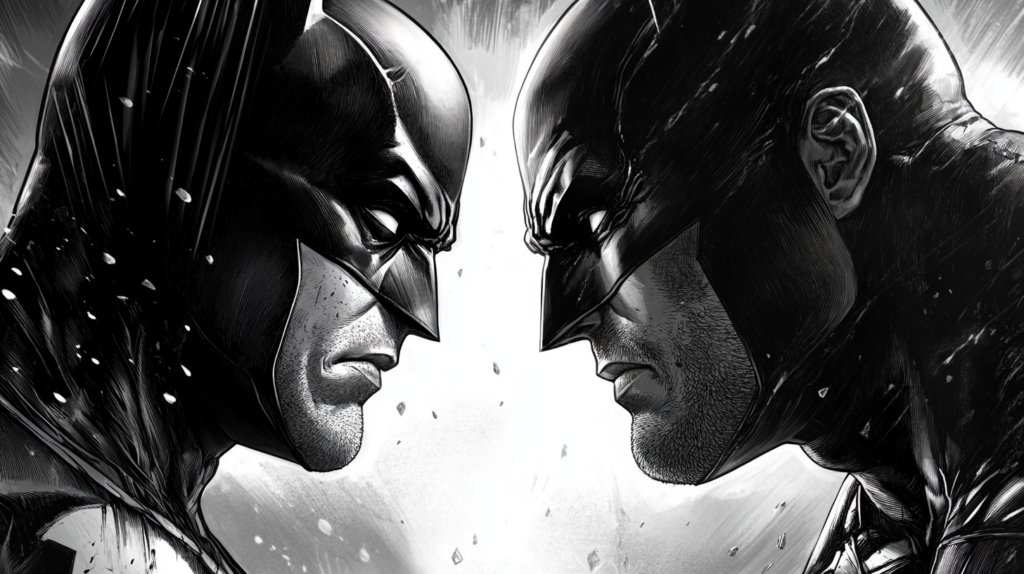
Comic Strips vs. Comic Books
Comic strips and comic books are two different yet equally important formats within the world of comics. Comic strips are short, punchy, and often humorous, designed for quick consumption in newspapers, magazines, or online. Comic books, on the other hand, offer more space for complex narratives, character development, and long-term storytelling, appealing to a more dedicated audience through specialized distribution. Both formats provide unique storytelling opportunities, each with its own set of challenges and rewards for creators and readers alike.
Final Thoughts:
As a cartoonist, I find joy in creating both comic strips and comic books. Comic strips challenge me to convey humor or a quick narrative in just a few panels, while comic books allow me to explore deeper, more intricate stories over multiple pages. Each format serves a different purpose, but both are powerful storytelling tools.
Call to Action:
For creators, I encourage you to experiment with both formats—try your hand at crafting a quick comic strip with a punchline or dive into the more extended storytelling of a comic book. For readers, consider how the format of a comic influences your experience—how does the short, punchy nature of a comic strip differ from the immersive experience of a comic book? Share your thoughts in the comments below!




